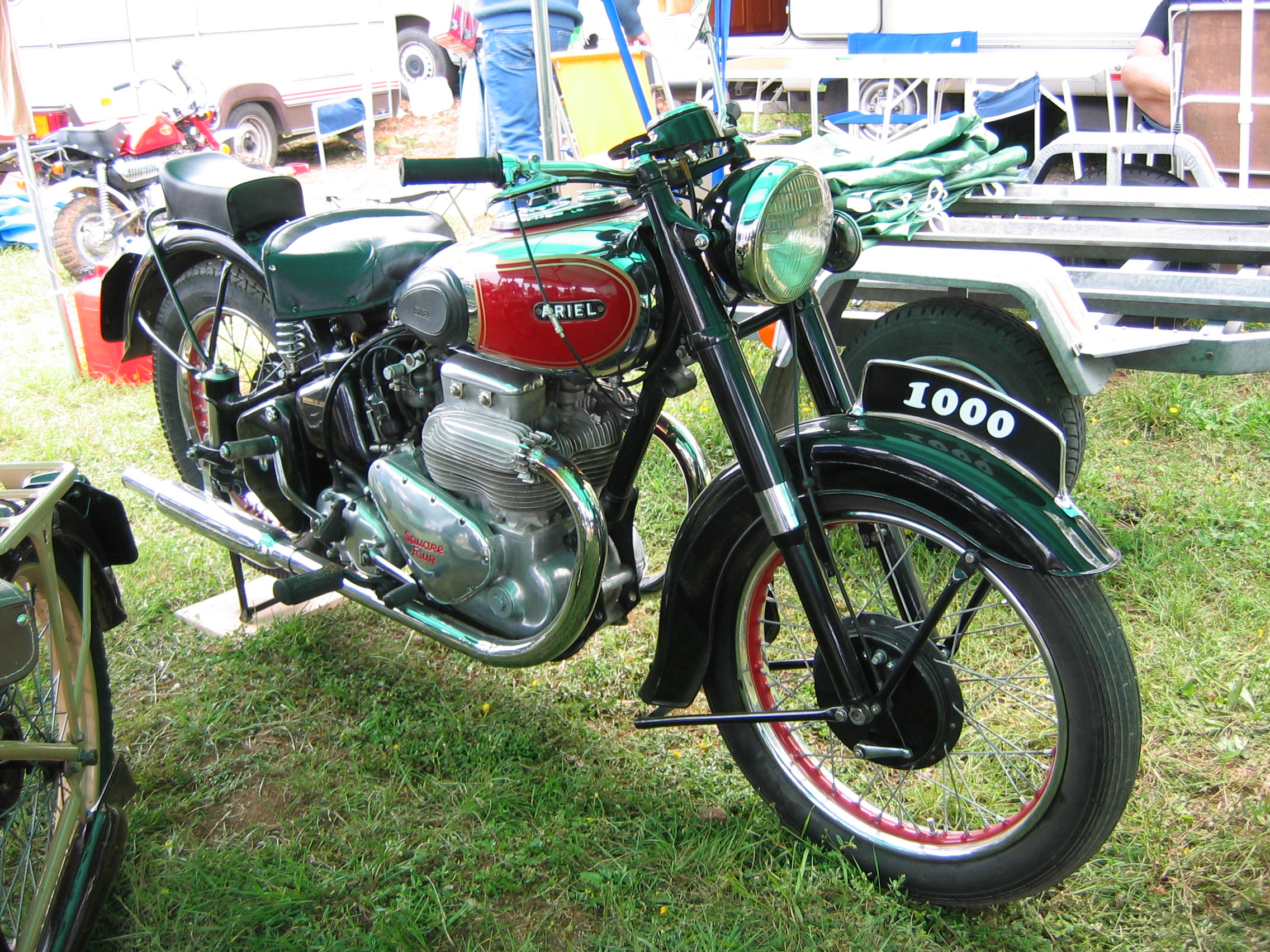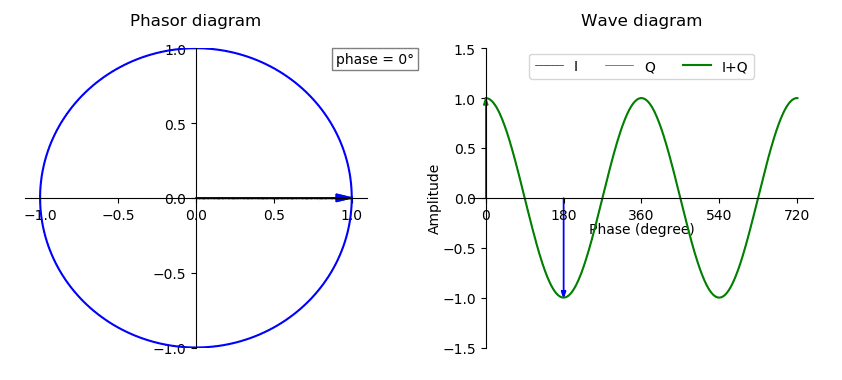|
Squarial
The Squarial (a portmanteau of the words ''square'' and '' aerial'') was a satellite antenna used for reception of the now defunct British Satellite Broadcasting television service (BSB). The Squarial was a flat plate satellite antenna, built to be unobtrusive and unique. BSB were counting on the form factor of the antenna to clearly differentiate themselves from their competitors at the time. At the time of development, satellite installations usually required a 90 cm dish in order to receive a clear signal from the transmitting satellite. The smaller antenna was BSB's unique selling point and was heavily advertised in order to attract customers to their service. History The Squarial was launched at a high-profile event in Marco Polo House, BSB's headquarters. The media were invited to a demonstration to see how much better MAC pictures could be than PAL. But MAC took a back seat when BSB unveiled the mock up Squarial, to replace the dish aerials usually needed for satel ... [...More Info...] [...Related Items...] OR: [Wikipedia] [Google] [Baidu] |
British Satellite Broadcasting
British Satellite Broadcasting plc (BSB) was a television company, based in London, that provided satellite television, direct broadcast satellite television services to the United Kingdom. It started broadcasting on 25 March 1990. The company was merged with Sky Television (1984–1990), Sky Television plc on 2 November 1990 to form Sky UK, British Sky Broadcasting. Development In January 1977, the World Administrative Radio Conference assigned each country five high-powered satellite television, direct broadcast by satellite channels for domestic use. In 1982, after being awarded two of the channels, the BBC proposed its own satellite service, but the government imposed two conditions on it: * Use of a satellite built by United Satellite, a consortium of British Aerospace and Matra Marconi Space (now Airbus Defense and Space), with costs estimated at £24 million per year. * A supplementary charter was agreed in May 1983 which allowed the BBC to borrow up to £225 million to c ... [...More Info...] [...Related Items...] OR: [Wikipedia] [Google] [Baidu] |
Thor (satellite)
Thor (previously known as Marcopolo) is a family of satellites designed, launched and tested by Hughes Space and Communications (now part of Boeing Satellite Systems) for British Satellite Broadcasting (BSB), and were used for Britain's Direct Broadcast Service. Thor is owned by Telenor. Marcopolo 1 launched on 27 August 1989 on the 187th launch of a Delta rocket, and Marcopolo 2 launched on 17 August 1990, on a Delta II rocket. Both satellites were based on the HS-376 satellite bus. Although the satellites performed as designed, BSB merged with Sky Television to form British Sky Broadcasting and the BSB satellites were sold off and renamed. This also resulted in the obsoletion of the Squarial satellite-reception antenna, which was designed to operate with Thor 1 only. Marcopolo 1 (Sirius 1/Sirius W) Sirius W, previously known as Sirius 1, was launched on 27 August 1989. It was Hughes Space and Communications's first satellite. Marcopolo 1 was sold in December 1993 to N ... [...More Info...] [...Related Items...] OR: [Wikipedia] [Google] [Baidu] |
Ariel Square Four
The Square Four is a motorcycle produced by Ariel Motorcycles, Ariel between 1931 and 1959, designed by Edward Turner (motorcycle designer), Edward Turner, who devised the Square Four engine in 1928. At this time he was looking for work, showing drawings of his engine design to motorcycle manufacturers. The early engine with "two transverse crankshafts" was essentially a pair of 'across frame' OHC parallel twins joined by their geared central flywheels, with a four-cylinder (engine), cylinder block (or monobloc engine#Cylinder block, ''Monobloc'') and single head. The idea for the engine was rejected by BSA, but adopted by Ariel. Thus it became the Ariel Square Four. In 1966 Phil Vincent wrote in The Motor Cycle, ''Motor Cycle'': "Alas, in 1959 the Square Four went out of production, a victim of the modern trend towards small, high-revving modern power units. The demand had tailed off a bit, and with reduced output, the price would have had to be hoisted excessively high. At the ... [...More Info...] [...Related Items...] OR: [Wikipedia] [Google] [Baidu] |
Feed Horn
A feed horn (or feedhorn) is a small horn antenna used to couple a waveguide to e.g. a parabolic dish antenna or offset dish antenna for reception or transmission of microwaves. A typical application is the use for satellite television reception with a satellite dish. In that case the feed horn can either be a separate part used together with e.g. a "low-noise block downconverter" (LNB), or more typically today is integrated into a "low-noise block feedhorn" (LNBF). Principle of operation The feed horn minimizes the mismatch loss between the antenna and the waveguide. If a simple open-ended waveguide would be used, without the horn, the sudden end of the conductive walls causes an abrupt impedance change at the aperture, between the wave impedance in the waveguide and the impedance of free space (see horn antenna for more details). When used with a offset, parabolic or lens antenna, the phase center of the horn is placed at the focal point of the reflector. The char ... [...More Info...] [...Related Items...] OR: [Wikipedia] [Google] [Baidu] |
Radio Electronics
Radio is the technology of communicating using radio waves. Radio waves are electromagnetic waves of frequency between 3 hertz (Hz) and 300 gigahertz (GHz). They are generated by an electronic device called a transmitter connected to an antenna which radiates the waves. They can be received by other antennas connected to a radio receiver; this is the fundamental principle of radio communication. In addition to communication, radio is used for radar, radio navigation, remote control, remote sensing, and other applications. In radio communication, used in radio and television broadcasting, cell phones, two-way radios, wireless networking, and satellite communication, among numerous other uses, radio waves are used to carry information across space from a transmitter to a receiver, by modulating the radio signal (impressing an information signal on the radio wave by varying some aspect of the wave) in the transmitter. In radar, used to locate and track objects like ai ... [...More Info...] [...Related Items...] OR: [Wikipedia] [Google] [Baidu] |
Satellite Television
Satellite television is a service that delivers television programming to viewers by relaying it from a communications satellite orbiting the Earth directly to the viewer's location.ITU Radio Regulations, Section IV. Radio Stations and Systems – Article 1.39, definition: ''Broadcasting-satellite service'' The signals are received via an outdoor parabolic antenna commonly referred to as a satellite dish and a low-noise block downconverter. A satellite receiver decodes the desired television program for viewing on a television set. Receivers can be external set-top boxes, or a built-in television tuner. Satellite television provides a wide range of channels and services. It is usually the only television available in many remote geographic areas without terrestrial television or cable television service. Different receivers are required for the two types. Some transmissions and channels are unencrypted and therefore free-to-air, while many other channels are transmitted with enc ... [...More Info...] [...Related Items...] OR: [Wikipedia] [Google] [Baidu] |
Minidish
The Minidish is the tradename used for the small-sized satellite dish used by Freesat and Sky. The term has entered the vocabulary in the UK and Ireland as a generic term for a satellite dish, particularly small ones. The Minidish is an oval, mesh satellite dish capable of reflecting signals broadcast in the upper X band and . Two sizes exist: *"Zone 1" dishes are issued in southern and Northern England and parts of Scotland and were 43 cm vertically prior to 2009; newer mark 4 dishes are approximately 50 cm *"Zone 2" dishes are issued in elsewhere (Wales Wales ( ) is a Countries of the United Kingdom, country that is part of the United Kingdom. It is bordered by the Irish Sea to the north and west, England to the England–Wales border, east, the Bristol Channel to the south, and the Celtic ..., Northern Ireland, Republic of Ireland, Scotland and northern England), which are 57 cm vertically. The Minidish uses a non-standard connector for the LNB, cons ... [...More Info...] [...Related Items...] OR: [Wikipedia] [Google] [Baidu] |
Set-top Box
A set-top box (STB), also known as a cable converter box, cable box, receiver, or simply box, and historically television decoder or a converter, is an information appliance device that generally contains a Tuner (radio)#Television, TV tuner input and displays output to a television set, turning the source signal into media (communications), content in a form that can then be displayed on the television screen or other display device. It is designed to be placed alongside or "on top" (hence the name) of a television set. Set-top boxes are used in cable television, satellite television, terrestrial television and Internet Protocol television systems, as well as other uses such as digital media players ("streaming boxes"). Alternatives to set-top boxes are the smaller dongles, and television sets with built-in TV tuners. TV signal sources The signal source might be an Ethernet cable, a satellite dish, a coaxial cable (see cable television), a telephone line (including Digital subs ... [...More Info...] [...Related Items...] OR: [Wikipedia] [Google] [Baidu] |
Coaxial Cable
Coaxial cable, or coax (pronounced ), is a type of electrical cable consisting of an inner Electrical conductor, conductor surrounded by a concentric conducting Electromagnetic shielding, shield, with the two separated by a dielectric (Insulator (electricity), insulating material); many coaxial cables also have a protective outer sheath or jacket. The term ''coaxial'' refers to the inner conductor and the outer shield sharing a geometric axis. Coaxial cable is a type of transmission line, used to carry high-frequency Signal, electrical signals with low losses. It is used in such applications as telephone trunk lines, Internet access, broadband internet networking cables, high-speed computer bus (computing), data buses, cable television signals, and connecting Transmitter, radio transmitters and Radio receiver, receivers to their Antenna (radio), antennas. It differs from other shielded cables because the dimensions of the cable and connectors are controlled to give a precise, ... [...More Info...] [...Related Items...] OR: [Wikipedia] [Google] [Baidu] |
Out Of Phase
In physics and mathematics, the phase (symbol φ or ϕ) of a wave or other periodic function F of some real variable t (such as time) is an angle-like quantity representing the fraction of the cycle covered up to t. It is expressed in such a scale that it varies by one full turn as the variable t goes through each period (and F(t) goes through each complete cycle). It may be measured in any angular unit such as degrees or radians, thus increasing by 360° or 2\pi as the variable t completes a full period. This convention is especially appropriate for a sinusoidal function, since its value at any argument t then can be expressed as \varphi(t), the sine of the phase, multiplied by some factor (the amplitude of the sinusoid). (The cosine may be used instead of sine, depending on where one considers each period to start.) Usually, whole turns are ignored when expressing the phase; so that \varphi(t) is also a periodic function, with the same period as F, that repeatedly sca ... [...More Info...] [...Related Items...] OR: [Wikipedia] [Google] [Baidu] |






